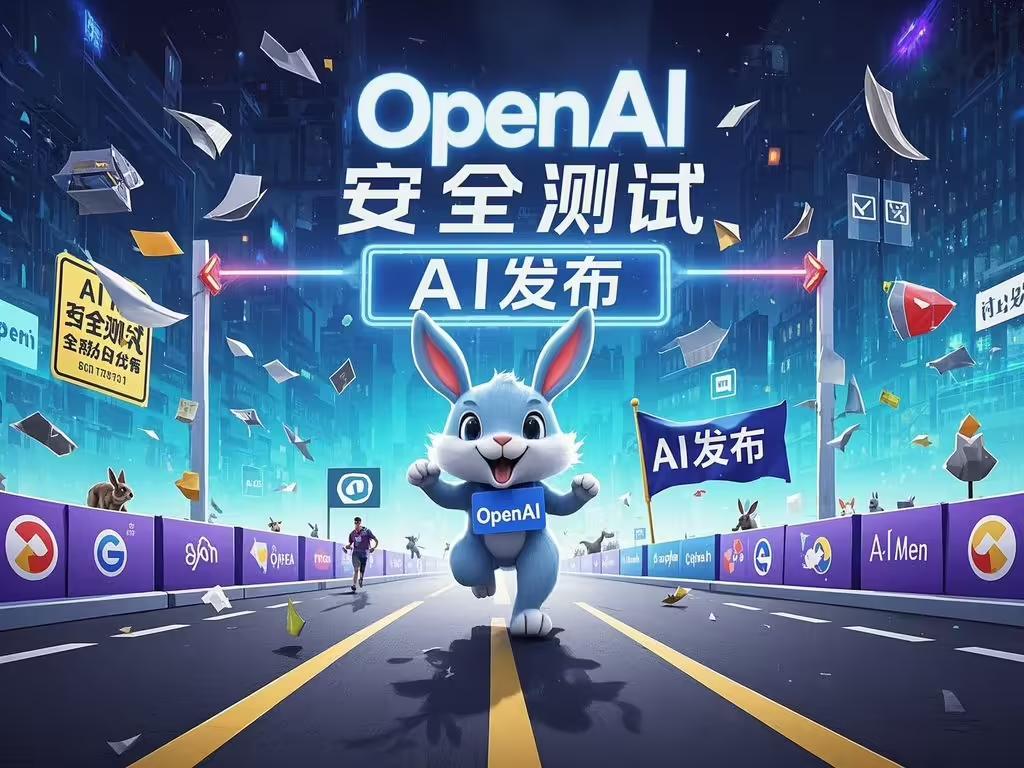数月→几天:OpenAI被曝缩水模型安全测试,AI竞赛埋下隐患
IT之家 4月12日消息,金融时报(FT)昨日(4月11日)发布博文,报道称OpenAI大幅压缩最新大型语言模型(LLM)安全测试时间,此前需要数月时间,而最新o3模型仅有几天时间。
竞争驱动,安全让步
据八位知情人士透露,OpenAI大幅压缩模型的安全测试时间,留给员工和第三方测试团队“评估”(evaluations,即测试模型风险和性能)时间仅有数天时间,而此前通常会耗时数月时间。
IT之家援引博文介绍,OpenAI面临来自Meta、Google及xAI等对手的激烈竞争,需快速推出新模型以维持市场优势。o3模型计划最早下周发布,留给测试者安全检查时间不到一周,而此前GPT-4的测试期长达六个月。
一位测试过GPT-4的人士透露,过去安全测试更彻底,某些危险能力在测试两个月后才被发现,而如今竞争压力迫使公司追求速度,忽视潜在风险。
测试不足,监管缺位
全球目前尚未统一AI安全测试标准,但欧盟《AI法案》将于今年晚些时候上线,要求企业对其最强大的模型进行安全测试。
AI Futures Project负责人Daniel Kokotajlo表示,由于缺乏强制监管,企业不会主动披露模型的危险能力,竞争压力进一步加剧了风险。
OpenAI曾承诺构建定制模型版本,测试其潜在滥用风险,例如是否能协助制造更具传染性的生物病毒。
这种测试需投入大量资源,包括聘请外部专家、创建特定数据集并进行“微调”(fine-tuning)。但OpenAI仅对较老旧的模型进行有限微调,最新模型如o1和o3-mini未全面测试。前OpenAI安全研究员Steven Adler批评,若不兑现测试承诺,公众有权知情。

安全测试未覆盖最终模型
另一问题在于,安全测试通常基于早期“检查点”(checkpoints),而非最终发布模型。一位前OpenAI技术人员表示,发布未经测试的更新模型是“不良做法”,而OpenAI辩称,其检查点与最终模型“基本一致”,并通过自动化测试提高效率,确保安全。
Disclaimer: Investing carries risk. This is not financial advice. The above content should not be regarded as an offer, recommendation, or solicitation on acquiring or disposing of any financial products, any associated discussions, comments, or posts by author or other users should not be considered as such either. It is solely for general information purpose only, which does not consider your own investment objectives, financial situations or needs. TTM assumes no responsibility or warranty for the accuracy and completeness of the information, investors should do their own research and may seek professional advice before investing.
Most Discussed
- 1
- 2
- 3
- 4
- 5
- 6
- 7
- 8
- 9
- 10